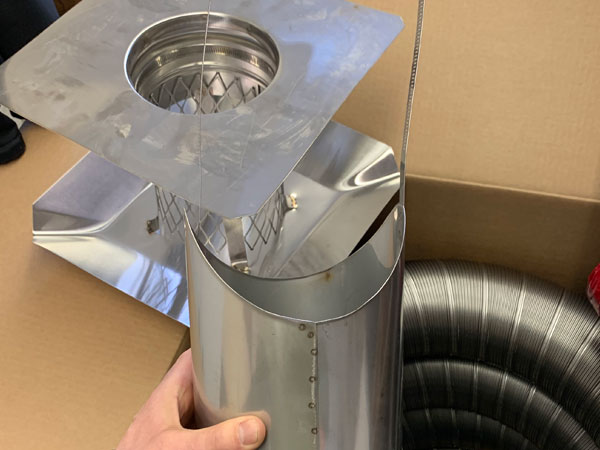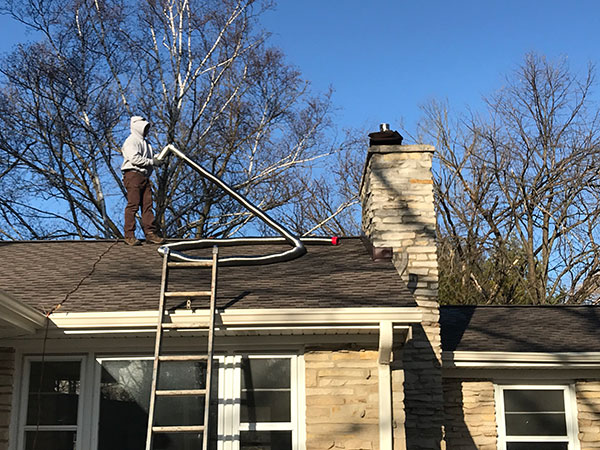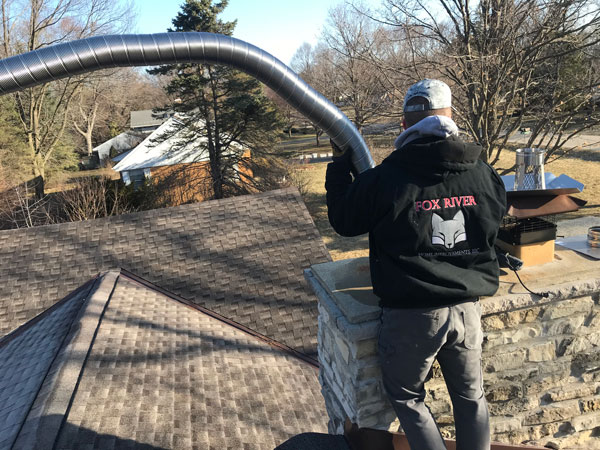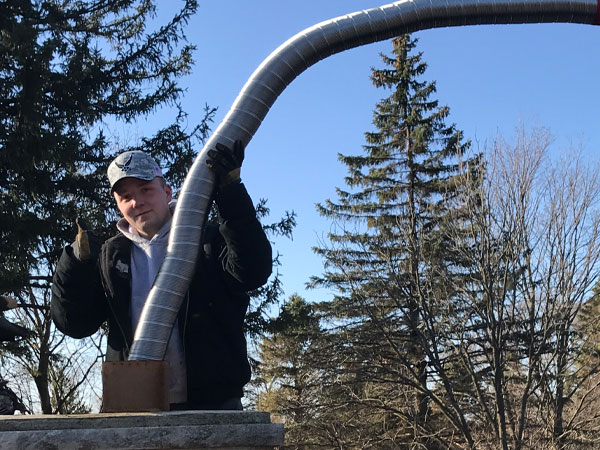What Are Chimney Appliance Liners?
To begin, chimney appliance liners are special pipes that run up the inside of a chimney. Because these liners guide smoke and gases safely out of the house, they keep the air inside your home clean. In other words, the liner acts like a smooth roadway for hot fumes, carrying them outside before they can drift back into the room.
Why Do We Need Chimney Appliance Liners?
Meanwhile, chimney appliance liners do more than just move smoke. Indeed, they also protect the bricks and mortar from harsh chemicals that rise during a fire. For instance, acidic gases can eat away at brick walls. However, when the liner stands between the heat and the brick, the chimney stays strong. Furthermore, good venting prevents carbon monoxide—an invisible, dangerous gas—from building up indoors. Therefore, a liner is a key safety guard for every fireplace or furnace.
What Materials Make the Best Liners?
Similarly, makers build chimney appliance liners from several sturdy materials. First of all, clay tile liners are common in older homes because they are inexpensive. Even so, clay can crack if temperatures change quickly. On the other hand, stainless-steel liners last a long time and handle high heat without breaking. In addition, some new systems use flexible, high-temperature plastic in gas appliances, allowing easier installation in tight spaces. Because each chimney and heater is different, homeowners—and their technicians—must choose the liner material that suits the fuel type, chimney size, and local codes.
Simple Safety Tips for Chimney Appliance Liners
Above all, checking chimney appliance liners at least once each year keeps everyone safe. For example, look for cracks, rust, or loose connections. If any damage appears, then call a certified chimney sweep right away. Likewise, after severe storms or chimney fires, an extra inspection is wise. By keeping liners clean, clear, and in good repair, families can enjoy cozy fires while breathing easy.
In Conclusion
Overall, chimney appliance liners guide smoke out, protect the chimney, and guard health. Because they work silently in the background, we might forget about them. Yet, by installing the right liner, using proper materials, and performing regular checkups, homeowners will, in the end, keep their chimneys strong and their families safe.
Appliance Liner Install
Honest, Affordable & Experienced
The Clear Choice for your home improvement needs.
What Fox River Clients Are Saying






